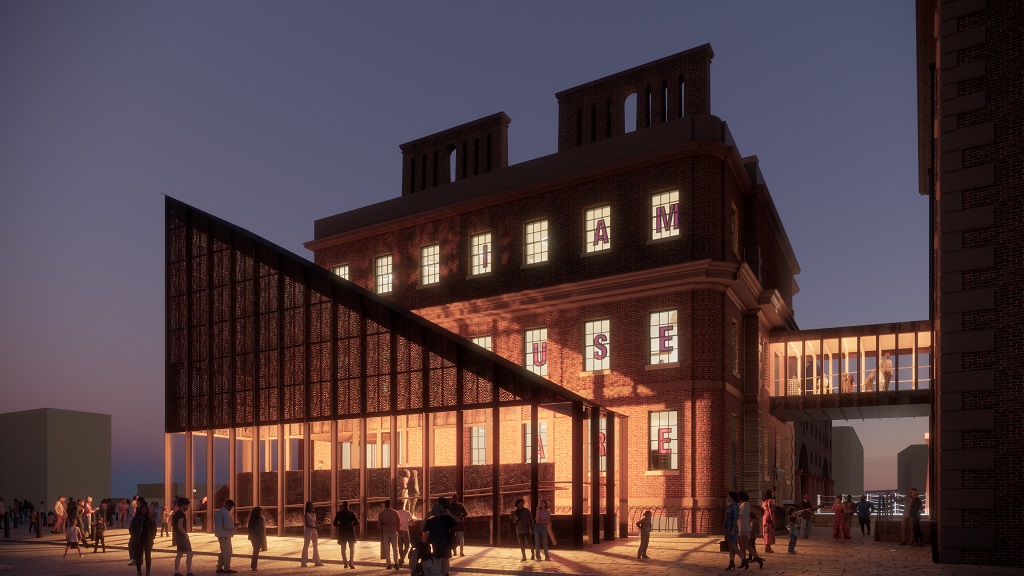Place10: SMEs, the new influencers
A decade ago the machinery of policy and decision-making was a prescriptive enterprise strictly enforced by central government, says Kevin Horton, architect director at K2.
Small-to-medium-enterprises like K2 with limited resources for chasing new opportunities didn’t stand much of a realistic chance. Low-risk qualification and tendering processes locked us out of opportunities on the grounds of a lack of experience, but the catch 22 was how were we to gain experience if we weren’t being given the opportunities in the first place?
Ten years on, it’s true that there are still many examples where centralisation takes place on an industrial scale. However elsewhere, our experiences have taught us that in some ways the localism agenda may well be having a positive effect on our communities, giving SMEs like ourselves a real opportunity to shine on a platform that we were hitherto excluded from gaining access to.
Architects, like most construction professionals, tend to focus their marketing on influential people rather than the target market as a whole. This approach, born from limited resources, is applied with careful consideration of the practice’s end objectives. When we talk about influencers, we mean those people in our communities and local government who have the power to bring people together and advocate positive change. But getting close to influencers is not easy and there are no quick sales. It can sometimes take years to win someone’s trust as your reputation can have a significant impact on their own.
As decision-making powers have devolved from central to local government, individuals and local communities, SMEs have naturally become closer to the new influencers, allowing them to have an active stake in shaping their community’s destiny.
Big organisations may have the resources and the talent, but what they lack is the ability to leverage local knowledge and the support of their communities. In many ways, through the necessity of survival, I believe that SMEs adopted an attitude of localism long before it became policy.
Which finally brings me to the future of K2. Without the localism agenda taking shape, it is unlikely that Liverpool City Council would have been able to tap into the local knowledge that many of our team gained through working on the original masterplan for Liverpool ONE in 2006. And we would all have missed the opportunity to forge the public/private sector initiative that is shaping the 90-acre redevelopment of Festival Gardens into what many people believe will be one of the region’s most exciting and innovative development opportunities of the next decade.
As Festival Gardens moves forward, so will the opportunities for other SMEs to get involved and I very much hope it will become a blueprint for public/private sector initiatives that will shape the future of our region at grass roots, rather than national level.
- To take part in the Place10 series reflecting on the decade since Place North West was first published in August 2007, send your stories and memories to news@placenorthwest.co.uk headed ‘10’.




